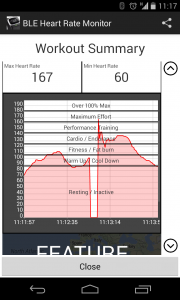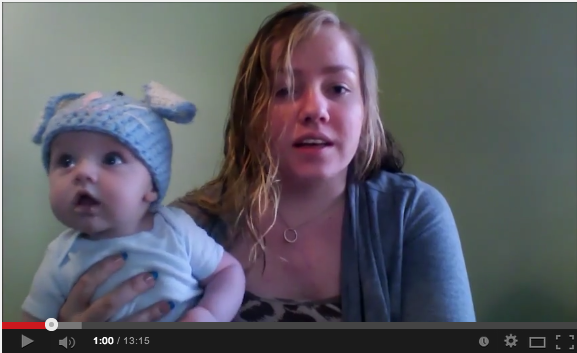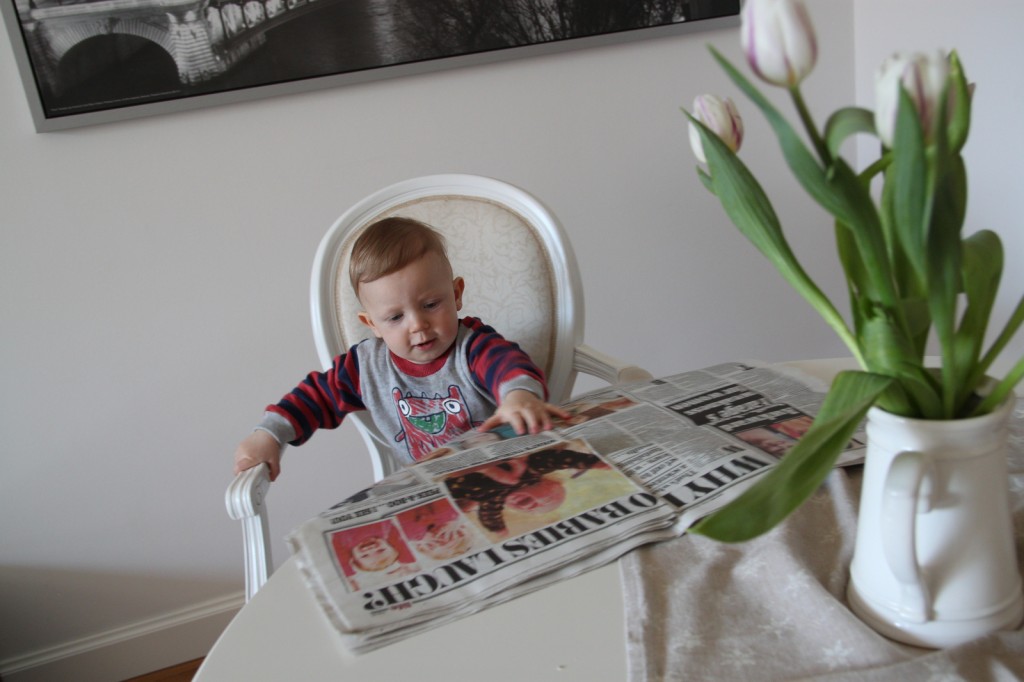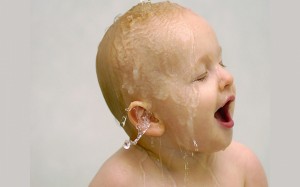Mary Gordon‘s Roots of Empathy programme. A scheme which brings tiny babies into primary classrooms for children to learn from them:
In thousands of schools around the world, children between the ages of five and twelve take lessons from a new-born baby. The result? Increased emotional intelligence, understanding and empathy towards classmates, and less bullying and aggression. It looks like an ordinary Year 5 classroom in the Lucas Vale Primary School in the London borough of Lewisham. Colourful posters and artwork cover the walls and hang from the ceilings. A group of 10- and 11-year-olds talk and laugh as they get up from their desks. A woman walks in with a baby in her arms and immediately the chatter dies down. The children gather around a green blanket and burst into a welcome song: “Hello baby Sienna, how are you, how are you today?” via Crying for empathy: Babies as teachers in classrooms : June 2014 : Contributoria – the independent journalism network.It’s a fantastic project and one that I hadn’t come across before. It’s such a good idea that you can’t help believing in it. But it seems all the more remarkable for the efforts that are being taken to scientifically assess its benefit. Related articles
- Can babies help reduce violence and bullying in primary-school children? (schoolsimprovement.net)
- Kindness 101 – Time (time.com)





 Dr.
Dr. 


 Baby Frederick from Warsaw, Poland has previously appeared on the site laughing at himself in the mirror. This was featured in the recent Daily Mail coverage of our project and we sent Frederick and his family a copy of the paper. His father,
Baby Frederick from Warsaw, Poland has previously appeared on the site laughing at himself in the mirror. This was featured in the recent Daily Mail coverage of our project and we sent Frederick and his family a copy of the paper. His father, 











